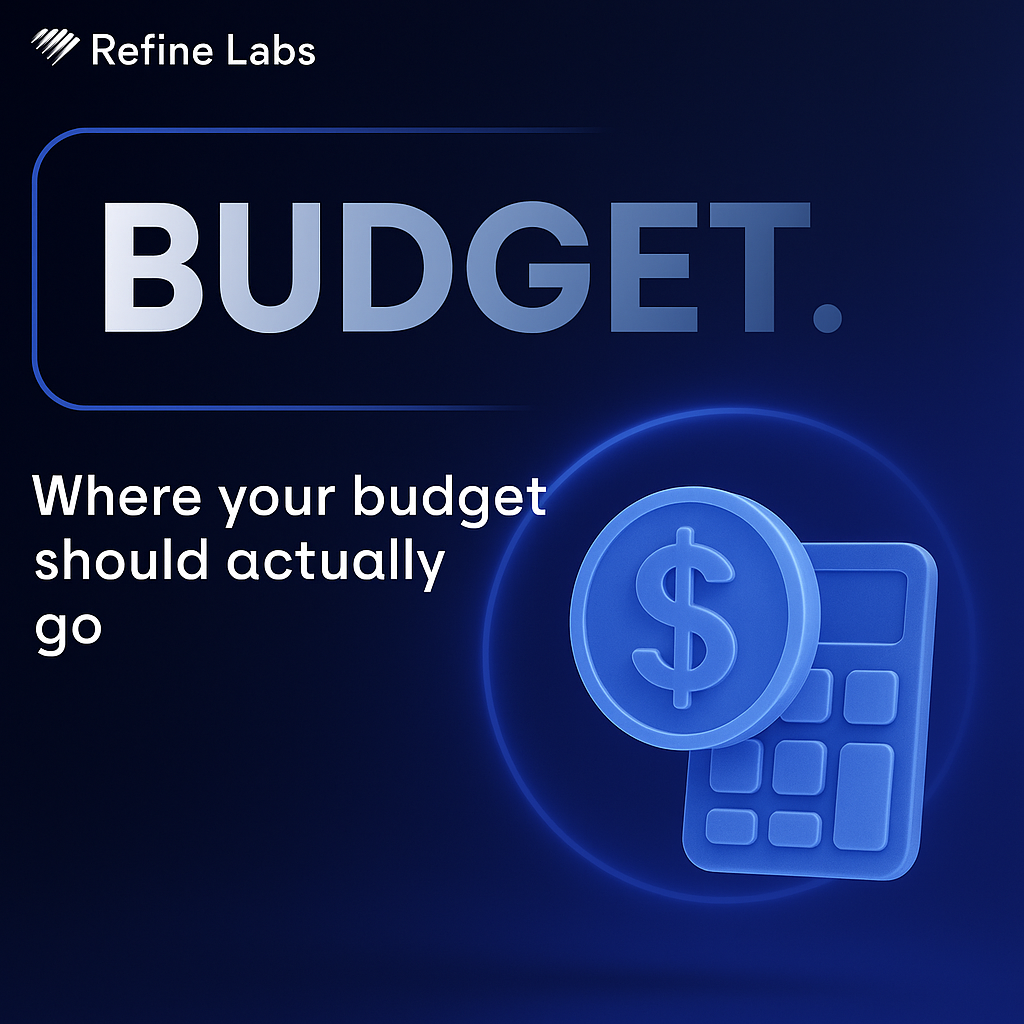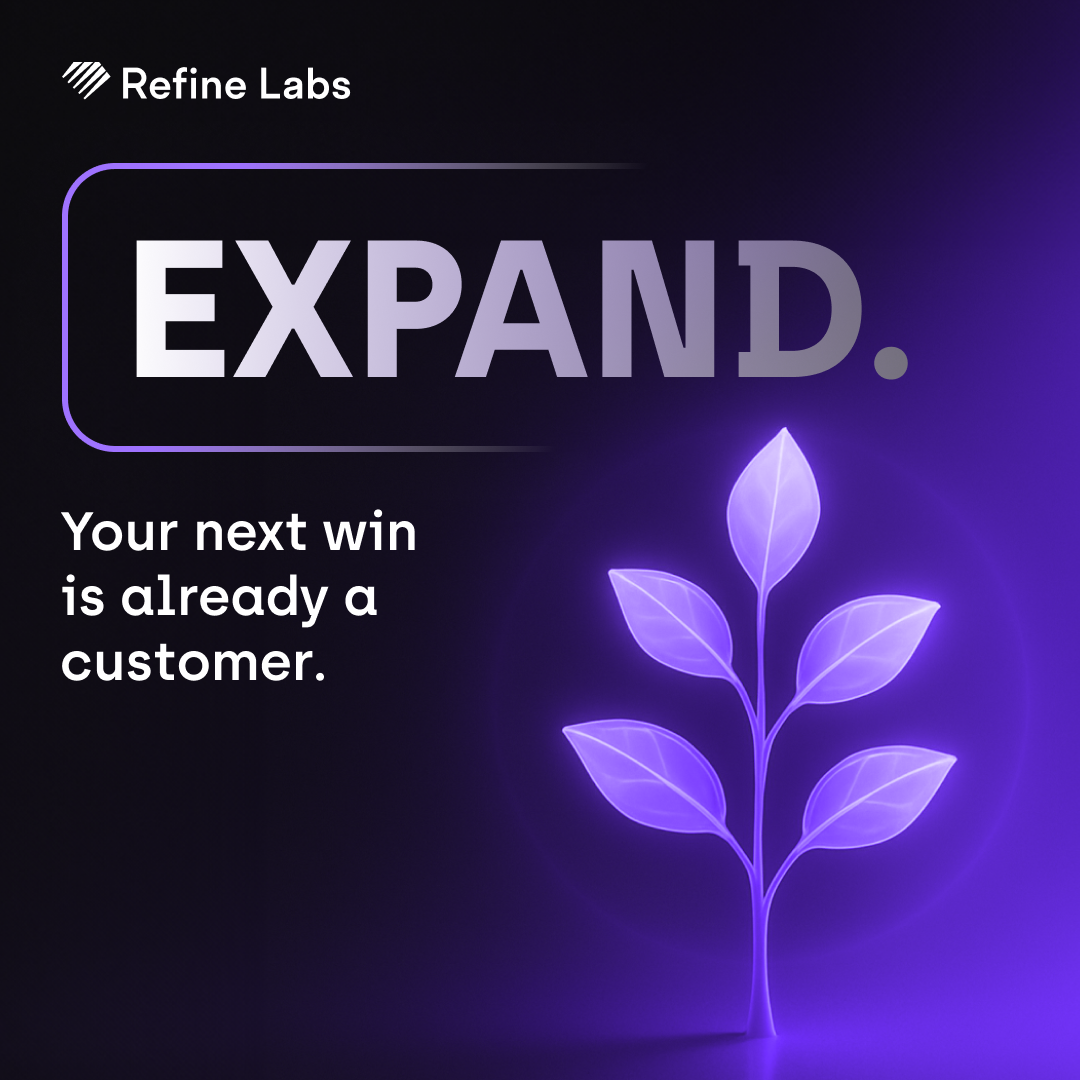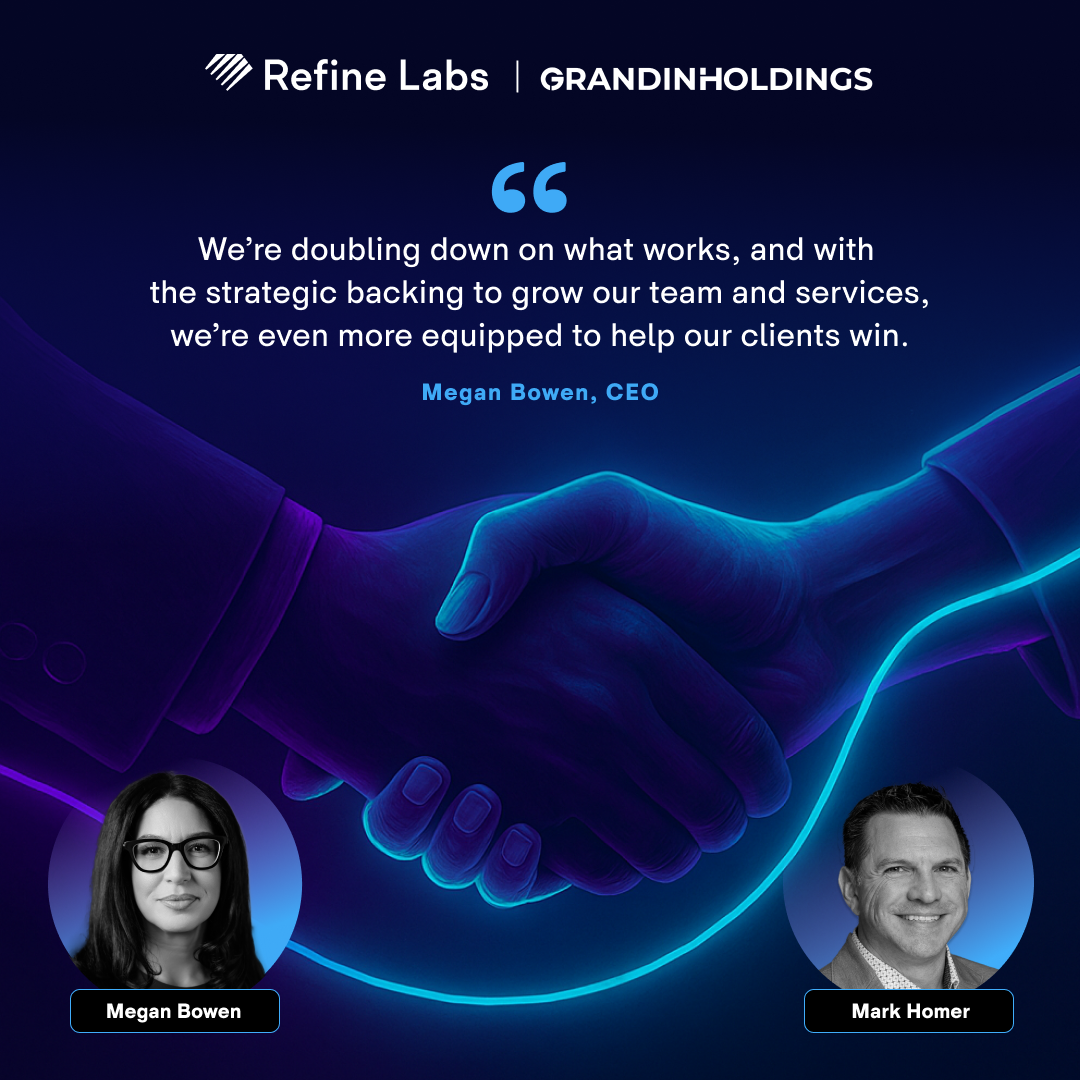-1.png)
The Refine Labs Demand Philosophy
A Conversation with Evan Hughes, VP of Growth at Refine Labs
Switching from Lead Generation to Demand Generation in B2B Marketing
Evan Hughes, VP of Growth at Refine Labs, kicked off the first episode of Stacking Growth Snacks with a deep dive into what it really takes to shift from a traditional lead generation model to a modern demand generation strategy.
This conversation covered everything from core definitions to tactical paid media insights, all grounded in how B2B buying behavior has changed.
What Is Demand Generation?
Demand generation is a marketing strategy focused on building awareness and interest in a brand or product across multiple channels.
Unlike lead generation, which is focused on immediate conversions and collecting contact information, demand generation takes a long-term view. It prioritizes brand authority, delivers value through content, and meets buyers where they already spend time.
Evan describes it as a shift away from legacy tactics toward a strategy that builds trust and positions the brand as a resource buyers want to engage with.
Breaking Down the Demand Strategy
Evan outlines three distinct stages that make up a full demand generation strategy:
Demand Creation
This stage is about generating interest and brand awareness before a buyer is in-market. It usually happens in paid social environments like LinkedIn or Meta, where educational content introduces your solution and creates curiosity.
Demand Capture
Once a buyer starts showing intent, demand capture channels help bring them into a conversation. This often happens through search engines or review sites. The goal here is to be ready when someone starts looking and to offer a frictionless path to connect with your sales team.
Demand Conversion
This final stage focuses on how quickly and efficiently you can convert interest into revenue. It includes enablement tools and internal alignment between sales, marketing, and operations to help move hand-raisers through the funnel.
Demand Generation vs. Lead Generation
Evan explains the difference using a simple analogy: push versus pull. Demand generation pushes content and value into the market, creating awareness and interest. It leverages content, creative, and social channels to reach potential buyers. Lead generation pulls people in through gated content or form fills, often prioritizing quantity over quality. While it may deliver short-term results, it rarely creates long-term brand equity or revenue growth.
The Rise of the Independent B2B Buyer
B2B buyers no longer rely on sales reps to make decisions. They do their own research using peer reviews, social media, and third-party content. Evan emphasizes that marketers need to meet buyers where they are. This includes creating content that educates without asking for anything in return. As he puts it, "Dark social is an environment for social community and awareness, and making sure that people trust and value you."
Why Your Website Matters
With buyers moving independently through their journey, your website plays a critical role in demand conversion. If your site cannot help buyers take the next step when they are ready, your strategy will fall short. According to Evan, your website can either accelerate momentum or create unnecessary friction.
Paid Media as a Demand Lever
Evan encourages marketers to think differently about how they use paid media.
Refine Labs allocates 60 to 70% of paid media budget toward demand creation. This includes content that drives word-of-mouth and builds trust in dark social environments.
Only 30% is allocated toward demand capture, such as paid search. Evan warns that many teams overi-nvest here simply because it is trackable and tied to last-click attribution. While that may look good in a report, it does not always reflect the true value of your marketing engine.
The Refine Labs approach is to maintain a healthy balance between content creation, platform strategy, and buyer engagement.
Real Results from Real Clients
Refine Labs has worked with over 300 B2B companies using this demand philosophy. Evan shared a story of one customer who saw a 20% drop in lead volume, but a significant increase in qualified, revenue-generating opportunities. This proves that success is not about driving more leads. It is about driving better outcomes.
The Future of B2B Marketing
Demand generation is not a trend. It is a reset. Marketers are moving away from formulaic lead capture and into long-term brand building. The focus is now on authenticity, helpful content, and adapting to how buyers actually make decisions today. If you are thinking about making the switch, take the time to build the right strategy. Invest in content. Align with sales. Measure the right outcomes.
That is how you build a demand engine that actually works.
For more, watch the whole series on YouTube or listen on Spotify.









